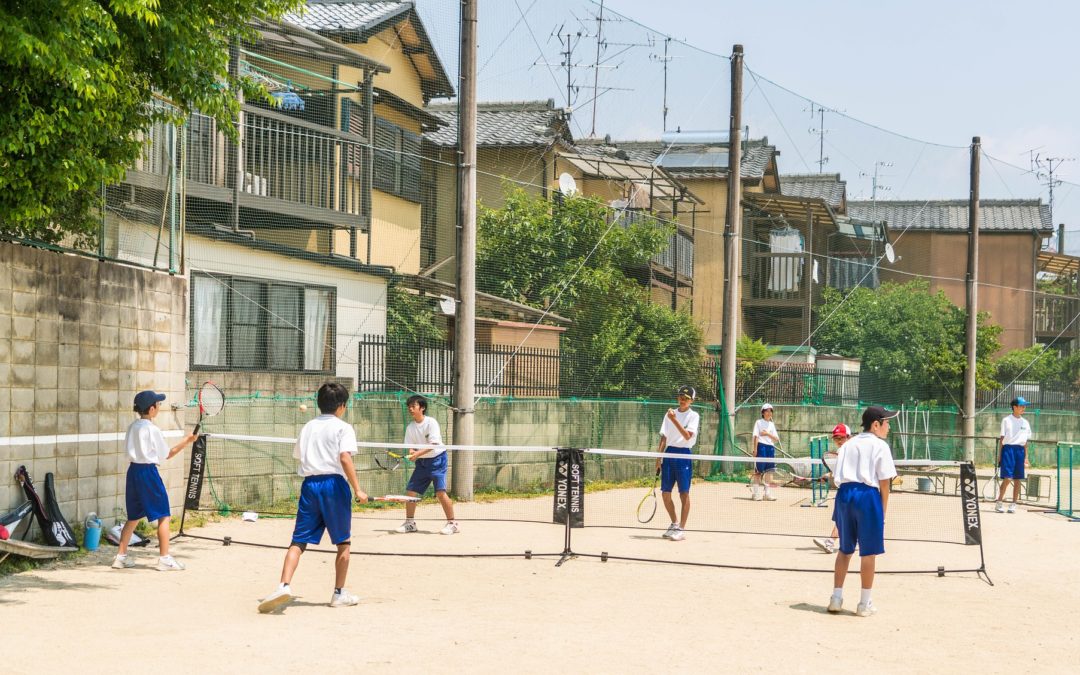Implementing a junior high school-based programme to reduce sports injuries through neuromuscular training (iSPRINT): a cluster randomized controlled trial (RCT)
Emery CA, van den Berg C, Richmond SA, et. al. Br J Sports Med. 2019. Epub Ahead of Print.
https://bjsm.bmj.com/content/early/2019/12/10/bjsports-2019-101117.long
Take-Home Message
A 15-minute, school-based, neuromuscular training warm-up program led to 46% fewer injuries among female junior high students than students given a standard warm-up program.
Summary
Neuromuscular training (NMT) programs may decrease injury rates but many programs have poor compliance/adherence, which diminishes their effectiveness. One novel approach to improve compliance/adherence may be to incorporate NMT programs into physical education classes. While there is preliminary evidence to support this plan, we lack large clinical trials to test a school-based program. Therefore, Emery and colleagues completed a cluster randomized controlled trial to examine the effectiveness of a curriculum-based NMT program at reducing the rates of injuries in junior high girls and boys when administered during a physical education course. Twelve junior high schools in the Calgary area participated in the study. All teachers from participating schools were blinded to their assigned groups and underwent training on how to properly implement their assigned programs. Six schools were randomized to the control group and carried out standard warm-ups. The 6 schools assigned to the experimental group deployed a 10-15 minute implementing a school prevention program to reduce injuries through neuromuscular training (iSPRINT) NMT program at the beginning of each physical education class. Each iSPRINT session consisted of aerobic, agility, strength, and balance exercises delivered by the physical educator. Injury data were collected with an injury surveillance system. The authors defined an injury as an injury sustained through sports and recreational activity in or outside of school that resulted in missed time from activity participation or required medical attention. A certified athletic therapist went to each school once per week to evaluate any new possible injuries. Overall, 1,067 students (control group = 501, intervention group = 566) participated in the study. Over 75% of students assigned to the iSPRINT program completed at least 2 sessions/week. There were 69 injuries (49 female, 20 male) in the control group (13%) and 54 injuries (29 female and 25 male) in the iSPRINT group (10%). The authors found that the iSPRINT program was protective for females but not males. Specifically, female students performing the iSPRINT program had 46% lower rates of injury than females in the control group.
Viewpoints
Overall, the iSPRINT program had great adherence and reduced the rate of injury among female students. By implementing the program in physical education classes the researchers overcame the compliance/adherence concerns that plagued some injury prevention programs. While this data demonstrated that the iSPRINT program was more protective for female junior high students, more research should be conducted to assess if the program would help other age groups. Meanwhile, the authors recommend that teachers use the iSPRINT program in junior high physical education classes to reduce the risk of injuries, especially in the female population. Clinicians in sports medicine should discuss the feasibility of implementing this program or similar injury prevention programs with physical education teachers in their community.
Questions for Discussion
Do you currently implement an NMT warm-up program? If so, have you seen injury rates affected in the same way as the current study?
Written by: Kyle Harris
Reviewed by: Jeffrey Driban
Related Posts
Integrating Injury Prevention in Schools!
Neuromuscular Training Programs Reduce the Risk of Injury in Youth Athletes
Compliance with Neuromuscular Warm-Up Programs as Another Key Factor in Injury Prevention
Neuromuscular Preventative Training Protocol Decreases Female Adolescent Sport-Related Injury Incidence


